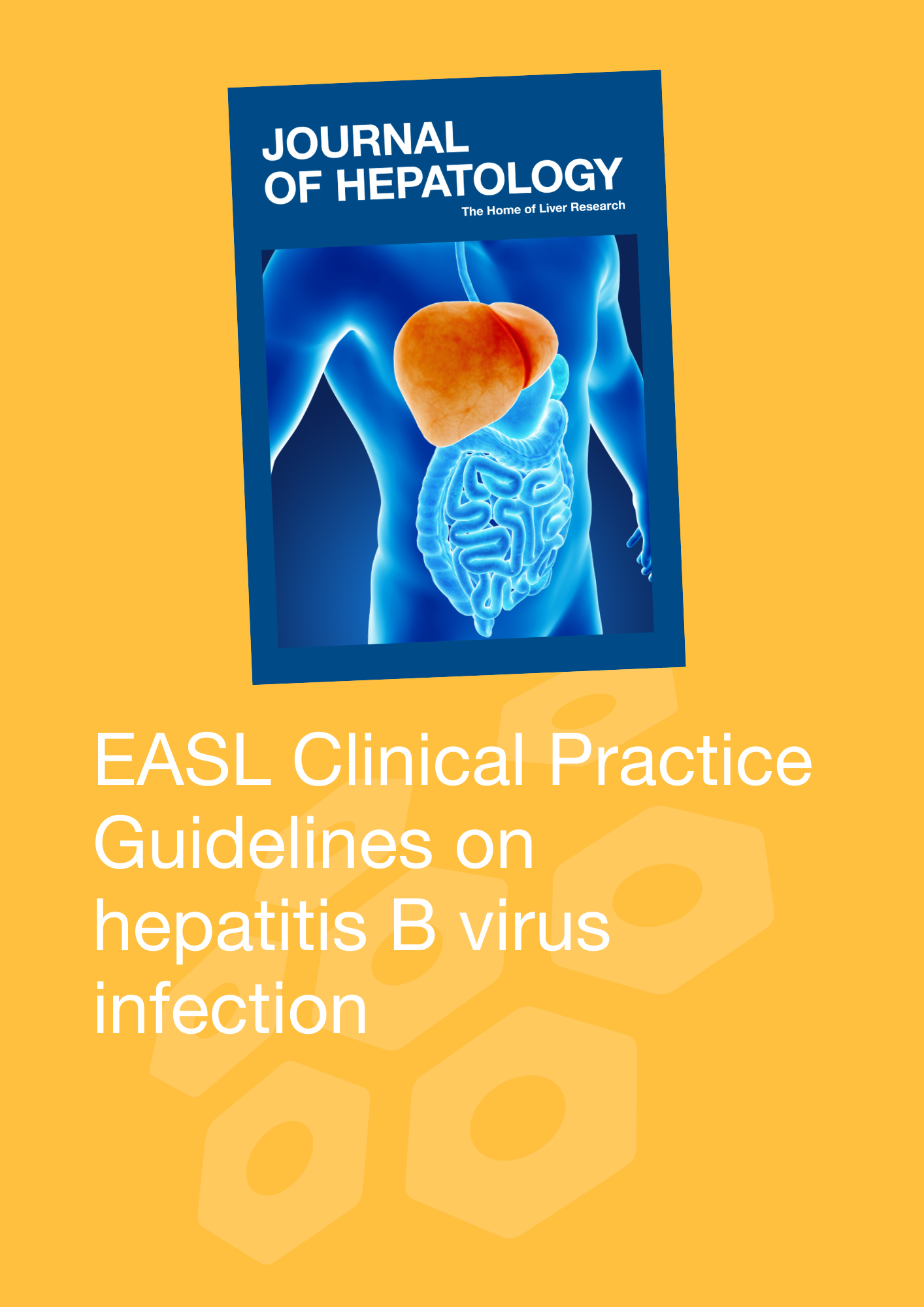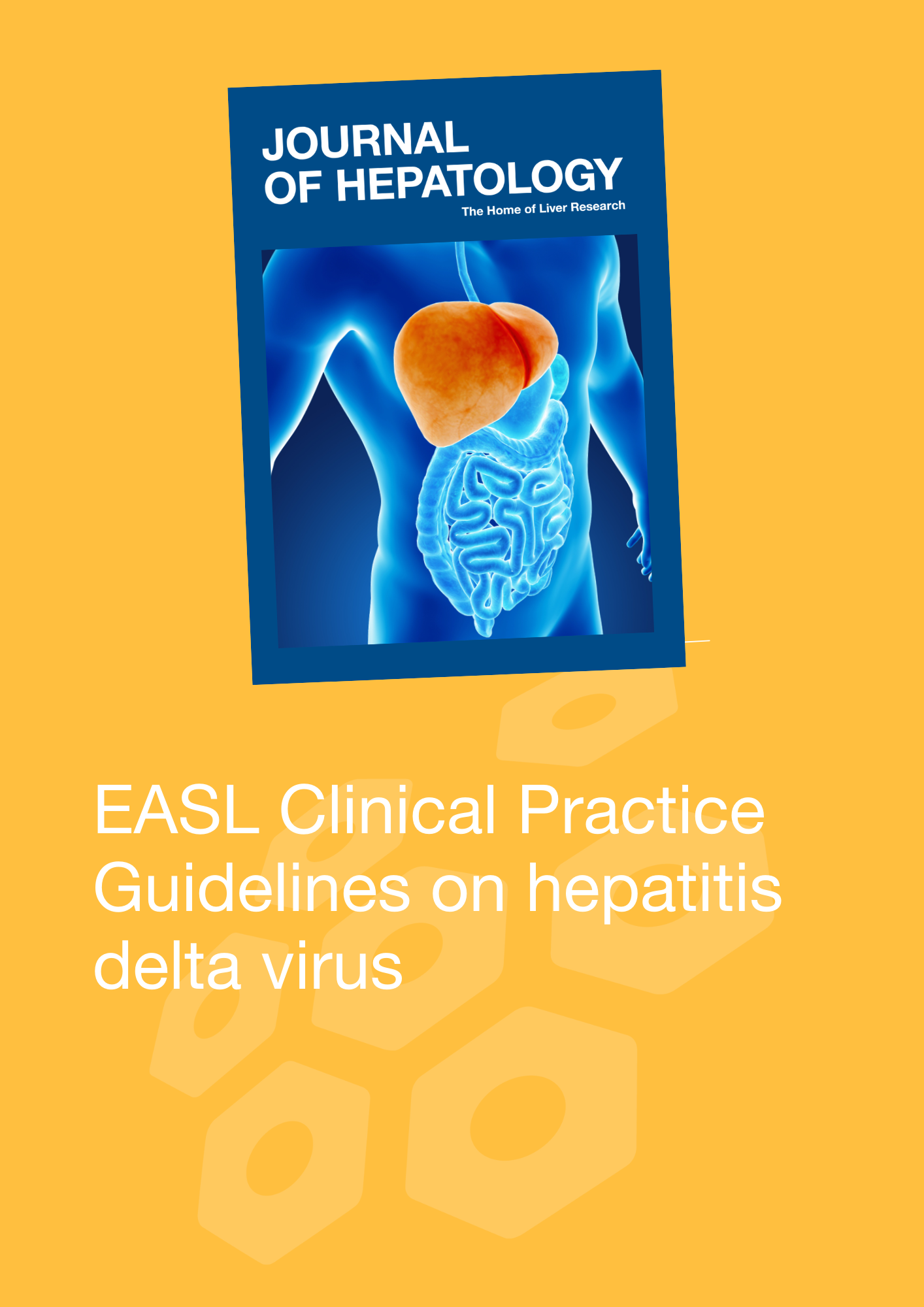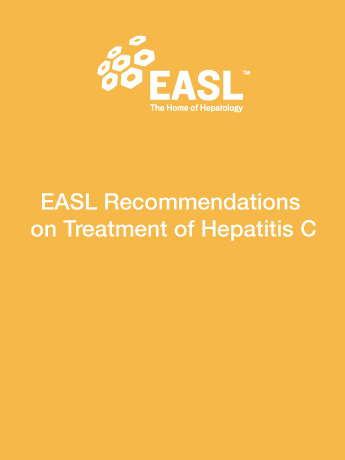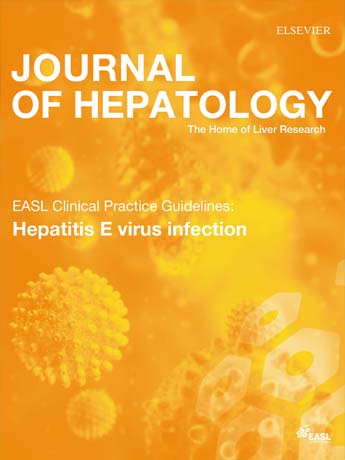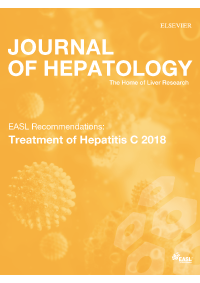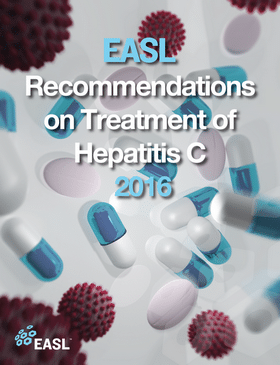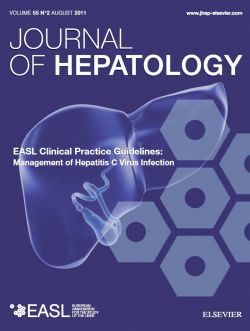EASL’s Clinical Practice Guidelines assist physicians, healthcare providers, patients and other interested parties in the clinical decision-making process. The EASL Guidelines present a range of state-of-the-art approaches for the diagnosis and treatment of liver diseases.

The updated EASL Clinical Practice Guidelines on the management of hepatitis B virus (HBV) infection provide comprehensive, evidence-based recommendations for its management. Spanning ten thematic sections, the guidelines address diagnostics, treatment goals, treatment indications, therapeutic options, hepatocellular carcinoma surveillance, management of special populations, HBV reactivation prophylaxis, post-transplant care, HBV prevention strategies, and finally address open questions and future research directions. Chronic HBV remains a global health challenge, with over 250 million individuals affected and significant mortality due to cirrhosis and hepatocellular carcinoma. These guidelines emphasise the importance of early diagnosis, risk stratification based on viral and host factors, and tailored antiviral therapy. Attention is given to simplified algorithms, vaccination, and screening to support global HBV elimination targets. The guidelines also discuss emerging biomarkers and evolving definitions of functional and partial cure. Developed through literature review, expert consensus, and a Delphi process, the guidelines aim to equip healthcare providers across disciplines with practical tools to optimise HBV care and outcomes worldwide.
Read MoreMajor diagnostic and therapeutic innovations prompted the EASL Governing Board to commission specific Clinical Practice Guidelines on the identification, virologic and clinical characterisation, prognostic assessment, and appropriate clinical and therapeutic management of HDV-infected individuals.
Read MoreThis final update of the EASL Recommendations on Treatment of Hepatitis C series is intended to assist physicians and other healthcare providers, as well as patients and other interested individuals, in the clinical decision-making process, by describing the current optimal management of patients with acute and chronic HCV infections.
Read MoreHepatitis E Virus Infection (HEV) is a significant cause of morbidity and mortality, representing an important global health problem. Our understanding of HEV has changed completely over the past decade. Previously, the common thought was that HEV was limited to certain developing countries. We now know that HEV is endemic in most high-income countries and is largely a zoonotic infection. The focus of this Clinical Practice Guideline will be on HEV genotype 3 (and 4). This is due to the paradigm shift in our understanding of zoonotic HEV. And also because locally acquired HEV is now the commonest cause of acute viral hepatitis in many European countries.
Read MoreHepatitis C virus (HCV) infection is a major cause of chronic liver disease. As a result, worldwide there are approximately 71 million chronically infected individuals. Clinical care for patients with HCV-related liver disease is advancing considerably. Most importantly thanks to an enhanced understanding of the pathophysiology of the disease. And also because of developments in diagnostic procedures and improvements in therapy and prevention. EASL Recommendations on Treatment of Hepatitis C describe the optimal management of patients with acute and chronic HCV infections in 2018 and onwards.
Read MoreEASL Guideline on Hepatitis B. Hepatitis B virus (HBV) infection remains a global public health problem with changing epidemiology due to several factors including vaccination policies and migration. This EASL Clinical Practice Guideline presents updated recommendations for the optimal management of HBV infection. Chronic HBV infection can be classified into five phases: (I) HBeAg-positive chronic infection, (II) HBeAg-positive chronic hepatitis, (III) HBeAg-negative chronic infection, (IV) HBeAg-negative chronic hepatitis and (V) HBsAg-negative phase.
Read MoreHepatitis C virus (HCV) infection is one of the main causes of chronic liver disease worldwide. The long-term impact of HCV infection is highly variable, ranging from minimal histological changes to extensive fibrosis and cirrhosis with or without hepatocellular carcinoma (HCC). The number of chronically infected persons worldwide is estimated to be about 180 million,…
Read MoreHepatitis C virus (HCV) infection is one of the main causes of chronic liver disease worldwide. The long-term impact of HCV infection is highly variable, ranging from minimal histological changes to extensive fibrosis and cirrhosis with or without hepatocellular carcinoma (HCC). The number of chronically infected persons worldwide is estimated to be about 160 million,…
Read MoreHepatitis C virus (HCV) infection is one of the main causes of chronic liver disease worldwide. The long-term impact of HCV infection is highly variable, from minimal changes to extensive fibrosis and cirrhosis with or without hepatocellular carcinoma (HCC). The number of chronically infected persons worldwide is estimated to be about 160 million, but most…
Read MoreMore than 360 million persons worldwide (6% of the world population) are chronically infected by the hepatitis B virus (HBV). Although the incidence of HBV infection has dramatically declined since the implementation of universal immunization programs in several countries and blood-donor screening, a significant number of children are still infected each year, often developing chronic infection…
Read MoreThe first EASL Clinical Practice Guideline on treatment of hepatitis C was published in 1999. Since then, more than 30 EASL Guidelines on various liver diseases have been published. The EASL CPGs are extremely popular in Europe and beyond. Most importantly, they are a global reference for the current state-of-the-art on diagnosis and management of liver diseases. As consequence, the EASL Guidelines have been widely distributed. And not only by open-access publication in the Journal of Hepatology but also on the EASL website. Finally, for some EASL CPGs, dissemination of knowledge into derivatives of the guidelines (e.g. patient versions).
The Success of the EASL Clinical Practice Guidelines
One possible reason for the success of our guidelines is the streamlined process. This has allowed for a fast response and timely publication of clinical recommendations when there are new developments in a field. This was especially relevant for chronic HCV infection. The rapid development of treatment regimens has prompted the EASL Governing Board to commission regular updates of ‘‘HCV treatment recommendations”on an almost yearly basis since 2014. In 2019, EASL launched The first guideline for hepatitis B. Updated versions for the EASL guidelines for Hepatitis B followed in 2012 and 2017.
EASL acknowledgements
This responsive process of CPG development in almost all areas of hepatology has only been made possible by the commitment of a small team of 5–8 world-leading experts (the ‘‘CPG panel”) and the meticulous evaluation of the CPGs by three independent experts (at least one from outside Europe), as well as the EASL Governing Board. EASL is very grateful for the continuous and outstanding support provided by these experts from our community.


